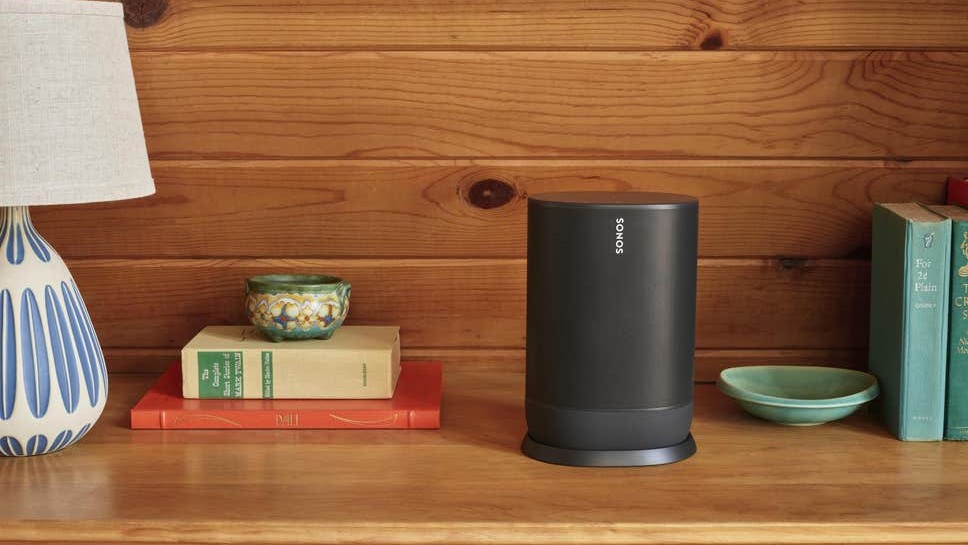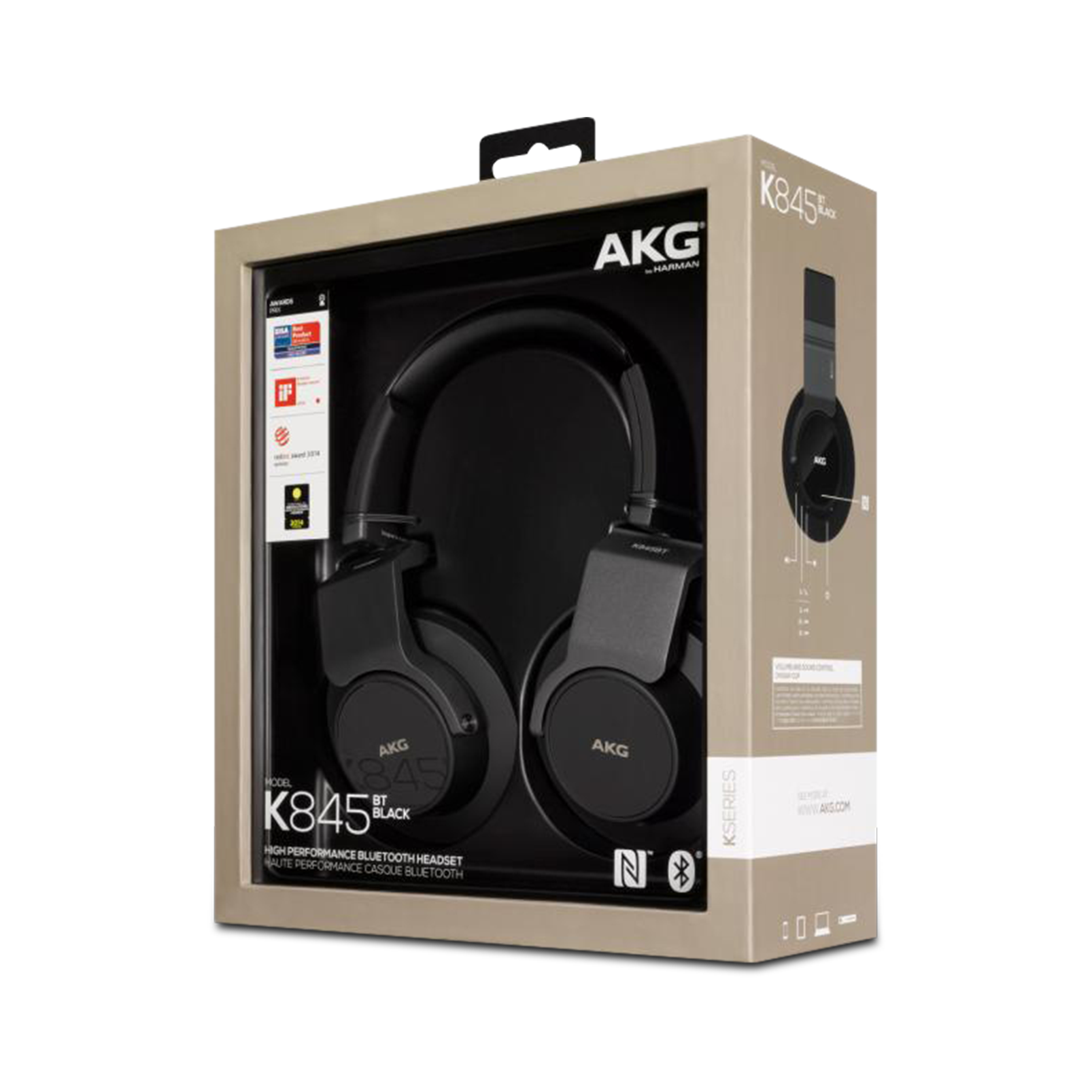- Harman Music USB Devices Driver
- Harman Music Usb Devices Drivers
- Harman Music Usb Devices Driver Win 7
This section describes the Usbccgp.sys driver provided by Microsoft for composite devices.
Of HARMAN InternationalIndustries,Incorporated,registeredintheUnitedStatesand/orother countries. Features, specifications and appearance are subject to change without notice. Right-click on your EHD and select “Uninstall device” from the pop-up menu. When that has finished, unplug the USB cable. Wait a minute, then plug the USB cable back in. Windows should see the. Press Windows key + R. This will open Run. Alternatively, you can go to Start and search for ‘Run’. In Run dialog box, type ‘devmgmt.msc’ and hit enter. Go to ‘Universal Serial Bus controller’ and expand it. Right click on the ‘USB root hub’ and click on update drivers.
Many USB devices expose multiple USB interfaces. In USB terminology, these devices are called composite devices. Microsoft Windows 2000 and Windows 98 operating systems include a generic parent facility in the USB bus driver (Usbhub.sys) that exposes each interface of the composite device as a separate device. In Microsoft Windows XP and Windows Me, this facility is streamlined and improved by transferring it to an independent driver called the USB generic parent driver (Usbccgp.sys). Using the features of the generic parent driver, device vendors can make selective use of Microsoft-supplied driver support for some interfaces.
The interfaces of some composite device operate independently. For example, a composite USB keyboard with power buttons might have one interface for the keyboard and another interface for the power buttons. The USB generic parent driver enumerates each of these interfaces as a separate device. The operating system loads the Microsoft-supplied keyboard driver to manage the keyboard interface, and the Microsoft-supplied power keys driver to manage the power keys interface.
If the composite device has an interface that is not supported by native Windows drivers, the vendor of the device should provide a driver for the interfaces and an INF file. The INF file should have an INF DDInstall section that matches the device ID of interface. The INF file must not match the device ID for the composite device itself, because this prevents the generic parent driver from loading. For an explanation of how the operating system loads the USB generic parent driver, see Enumeration of USB Composite Devices.
Some devices group interfaces into interface collections that work together to perform a particular function. When interfaces are grouped in interface collections, the generic parent driver treats each collection, rather than each individual interfaces, as a device. For more information on how the generic parent driver manages interface collections, see Enumeration of Interface Collections on USB Composite Devices.
After the operating system loads the client drivers for the interfaces of a composite device, the generic parent driver multiplexes the data flow from the client drivers, combining these separate interactions into a single data stream for the composite device. The generic parent is power policy owner for the entire composite device and all of its interfaces. It also manages synchronization and PnP requests.
The generic parent driver can simplify the task for vendors of composite hardware, if Microsoft-supplied drivers support some interfaces but not others. Vendors of such devices need only supply drivers for the unsupported interfaces, because the generic parent driver facilitates the use of Microsoft-supplied drivers for the supported interfaces.
The following sections describe the features and functions of the generic parent driver:
Related topics
The cases of USB devices not working in Windows 10 is more commonly reported after a Windows update. However, this problem can occur at any other time and you will find below the steps to fix the problem of USB Device Not Working in Windows 10.
USB Device Not Working in Windows 10
The problem of USB Device not working in Windows 10 might be related to various issues, ranging from outdated device drivers and power management settings to USB devices not loading or inconsistently loading on a Windows computer.
Before going ahead with the steps to fix USB Device Not working issue in Windows 10, it is a good idea to rule out the possibility of the USB device itself being faulty.
Remove the USB device from your computer and plug it into another computer and see if it works. If it works, the device is OK and you can follow the steps below to fix the problem on your computer.
1. Power Flush Computer
The problem of USB devices not working in Windows 10 could be due to minor software glitches or stuck programs and processes.
1. Power OFF your computer by pressing the Power button.
2. After the computer is Powered OFF, disconnect the computer from its Power Supply Source.
3. Wait for 5 minutes and Restart the computer
2. Uninstall Faulty Device Driver
1. Right-click on Start button and then click on Device Manager.
2. On the Device Manager screen, expand the entry for Universal Serial Bus Controllers > right-click on the Unknown Device and click on Uninstall Device option.
3. On the confirmation pop-up, click on OK to confirm.
4. Repeat the above steps for other affected devices (if any) and Restart your computer.
Once your computer restarts, Windows 10 will automatically load the right drivers as required.
3. Change Power Management Setting For USB Root Hub
In order to save power, Windows 10 has a tendency to turn-off power supply for unused USB ports and this can cause the problem of USB device not working in Windows 10.
Harman Music USB Devices Driver
1. Right-Click on Start button and click on Device Manager option.
2. On the device Manager Screen, right-click on USB Root Hub and click on Properties.
3. On the Properties screen, click on Power Management tab and uncheck the option for “Allow the computer to turn off this device to save power” and click on OK.
4. Repeat the above steps for other USB Root Hubs (If any) and Restart your computer.
4. Disable Fast Startup
While the Fast Startup feature in Windows 10 helps the computer to start in no time (YES! faster than Mac), this feature can sometimes end up not loading USB devices or loading them inconsistently (ON and OFF).
If you are noticing that sometimes USB devices work and sometimes do not, disabling fast startup can fix the problem on your computer
1. Open Settings > click on System icon.
2. On the System screen, click on Power & Sleep in the left pane. In the right-pane, scroll down and on Additional Power Settings Link.
2. On the Power Options Screen, click on Choose What the Power Buttons Do link.
3. On the next screen, scroll down to “Shutdown Settings” and uncheck Turn on fast startup option.
4. Click on Save Changes button.
Now, restart your computer and see if the USB device is now working on your computer.
5. Check For Updates

See if an Update is available for your computer. If an update is available, Windows will also install the latest available drivers for USB Ports on your computer.
1. Click on the Start button > Settings Icon > Updates & Security.
2. On the Update and Security screen, click on Windows Update in the left pane and then click on Check For Updates button.
3. Allow Windows to check for available updates and install them onto your computer
In case updates are available, the latest available device drivers will also be installed on your computer.
6. Disable USB Selective Suspend Setting
By default, Windows computer is set to conserve power by suspending power supply to external USB devices, whenever they are inactive.


However, this power saving setting can sometimes cause problems like Error Code 43 and USB Device Not Recognized Error in Windows 10.
1. Go to Settings > System > Power & Sleep, scroll down and click on Additional Power Settings Link.
2. On Power Options screen, click on Change Plan Settings link located next to the current Power Plan.

5. Next, click on Change Advanced Power Settings link.
Harman Music Usb Devices Drivers
6. On the next screen, click on USB Settings > USB selective suspend setting and select disabled option for “Plugged In” and also for “On Battery” in case you are using a Laptop.
Harman Music Usb Devices Driver Win 7
7. Click on OK to save above settings.
